Tokyo Tech’s Gateway to Science, an event for middle and high school students, was held successfully for the fifth straight year on January 22. Like last year, participants joined the event online due to restrictions imposed by the COVID-19 pandemic.
This year’s lecturer was the University of Tsukuba’s Professor Emeritus Dr. Hideki Shirakawa, a Tokyo Tech alumnus who was awarded the Nobel Prize in Chemistry for the discovery and development of conductive polymers in 2000. Shirakawa connected to the event from his home via Zoom to provide participants with a thorough explanation of how he discovered conductive polymers while related experiments were carried out live at the Tokyo Tech Lecture Theatre.
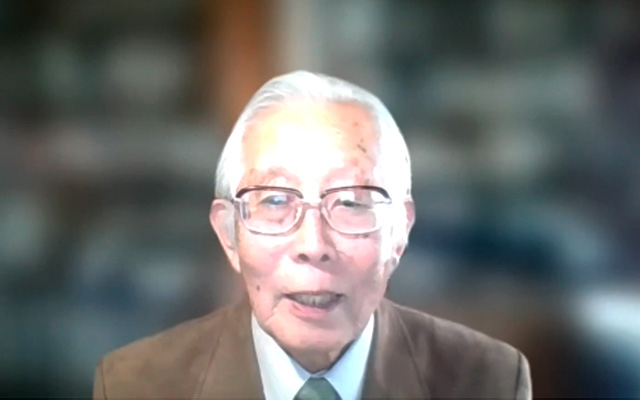
Shirakawa participating remotely in 5th Gateway to Science event
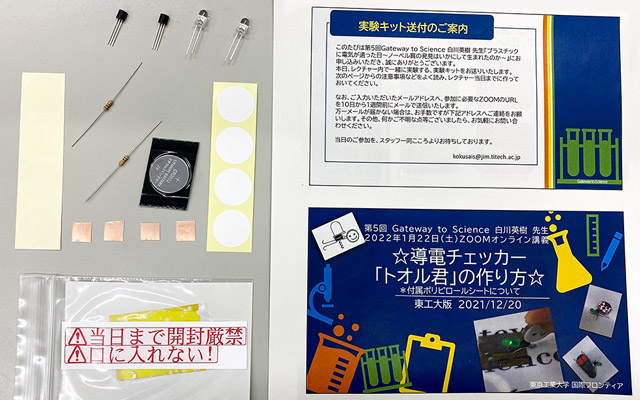
Tooru-kun creation kits sent to participants
During the experiment session, conductive polymer polypyrrole was synthesized on a film, and the flow of electricity through the material was confirmed using Tooru-kun, a conductivity tester often used in Shirakawa’s lectures. Prior to the lecture, polypyrrole and Tooru-kun creation kits were sent in advance to 500 middle and high school students across Japan so they could conduct their own experiments at home.
After opening words from School of Engineering Associate Professor Takushi Saito, who was moderating the event, Tokyo Tech President Kazuya Masu greeted the students with his words of encouragement. He introduced the significance of the lecture and the role that Tokyo Tech plays in society as a leading science and technology university. He also recounted a particularly fond memory from his student days when he conducted joint experiments with Nobel laureate Shirakawa.
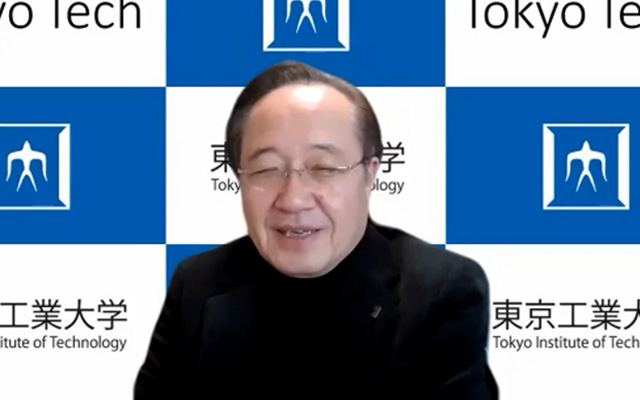
Greeting from Tokyo Tech President Masu
During his lecture, Shirakawa first touched on the discovery of polyacetylene as a conductive polymer — an achievement which earned him the Nobel Prize — and explained the chemical research behind this discovery. At the Tokyo Tech Lecture Theatre, staff made polypyrrole, a conductive polymer, using the chemical laboratory equipment available. The live experiment began with an introduction of the experimental materials. This was followed by dissolution of the materials in a solvent and a demonstration of the coating process on the base film. Finally, the staff showed the synthesis of a thin film of polypyrrole, with Shirakawa explaining each step along the way. When it was confirmed with the conductivity tester that the polypyrrole could conduct electricity, there were posts of surprise and satisfaction from the online participants. After an additional conductivity experiment in water, the audience were asked to introduce some of the experiments they carried out at home. Two students introduced experiments they had conducted on houseplants and marker ink, which appeared to impress Shirakawa with their uniqueness.
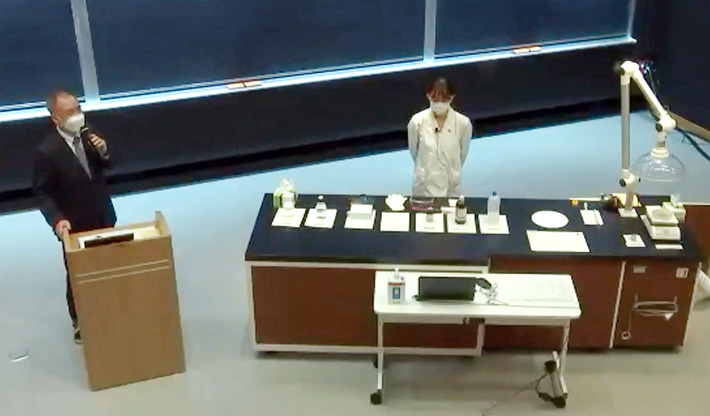
Experimenting at Tokyo Tech Lecture Theatre
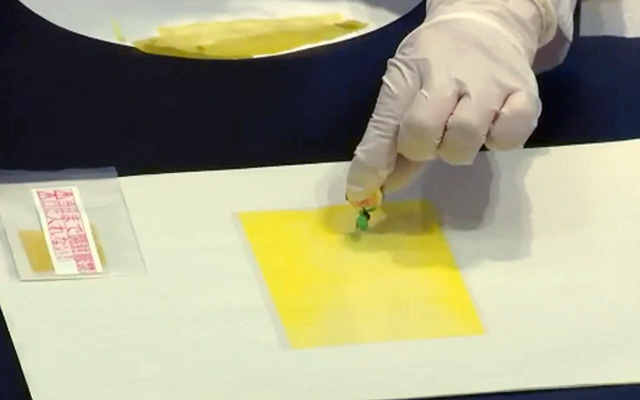
Tooru-kun not exhibiting glow before addition of polypyrrole
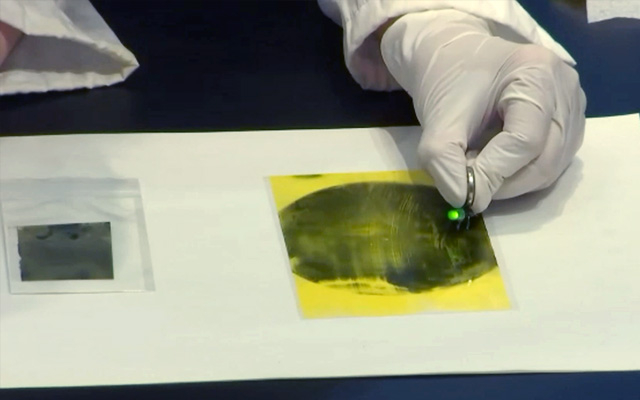
Polypyrrole making Tooru-kun glow
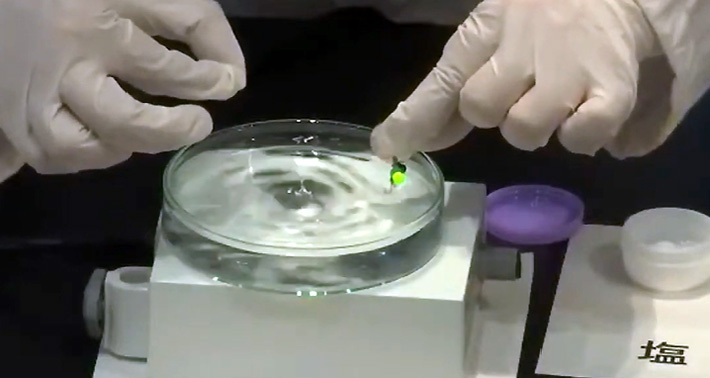
Adding salt to pure water to increase conductivity
At the end of the session, Shirakawa answered questions put forth by the audience with the assistance of moderator Saito. Through his answers, the students learned how the Nobel laureate became interested in scientific research, and the dedication he continues to possess. Based on his own experiences, Shirakawa also explained to his young audience the importance of science and the wonders of becoming a researcher.
Over 900 participants — mainly middle and high school students but also younger children and adults — from Hokkaido to Okinawa joined Tokyo Tech’s fifth Gateway to Science event, demonstrating the interest that youngsters across Japan possess for science. The Institute continues to dedicate efforts to ensure that the joys of science and technology are shared with younger generations.




